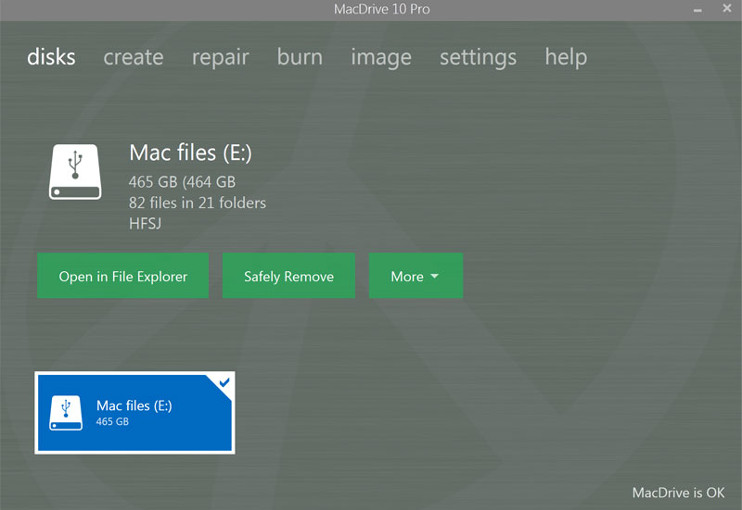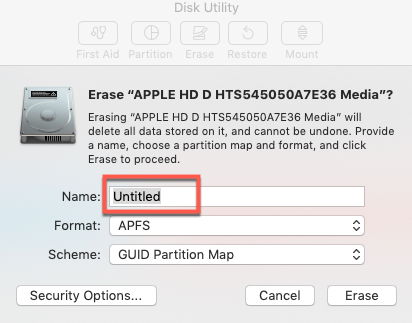- Time Machine and APFS. As 9to5Mac has already reported, Big Sur is the first version of macOS which can make Time Machine backups to APFS volumes without using a virtual HFS+ file system on a sparse bundle. However, to do so requires the destination APFS volume to be assigned the role of Backup, and allocation of storage space as a Physical Store.
- A common problem people have been reporting is the inability to reformat an APFS drive as something other than APFS.
Fcp vs adobe premiere pro. As far as I can tell, if you have an SSD and install 10.13 beta formatted to APFS you're able to convert an external drive to APFS too, but there have been a lot of reported problems with this so my thinking is that leaving conventional HDD formatted to HFS is the safest option, if you want an APFS external drive it will be best to have an SSD as your external drive. APFS also doesn't work with Time Machine, so you should format any drive you want to use for backing up your Mac using Mac OS Extended. ExFat: Best for External Drives Shared With Windows Computers ExFat should basically only be used on drives that need to work with both Windows and macOS computers.


Hard Drive Format Software
Check out How To Reformat An APFS Drive As Something Else at YouTube for closed captioning and more options.
Dec 19, 2018 Apple's new APFS (Apple File System) format is the default format for storage under macOS 10.14 Mojave, replacing the dependable and long-lived HFS+ format. However, there are still some instances where HFS+ needs to be used.
Video Transcript: Here's a question that's been asked a lot recently all over the internet. How do you reformat a drive that is formatted APFS? APFS is the current way to format Mac drives. But if you need to reformat it, say as the older Mac format or maybe a cross platform format with Windows, it seems like once you format something like this thumb drive at APFS you can't reformat it as anything else. If I click Erase here you see that the only format options I get are APFS. But, in fact, it's a completely different problem and a very simple one to solve.You see in Mac OS Mojave disk utility has two view modes. One where it shows only the volumes and another that Shows All Devices. So I switch to Show Devices. Now you can see that I'm actually selecting the Thumb Drive Volume inside of the one container for this actual physical device. So before we had, say, a physical device for the drive and then you had volumes. Now with APFS you've got Device, Container, and then Volumes under that.Now when you have have the Volume selected, the volume is APFS. If you go into Erase it you can only erase it as an APFS. But if you move up the chain you see that you can change the container to be something else. Or probably what you want to do is select the Device and the result might be the same. Now you can actually change it to whatever you want. So all you need to do is switch to Show All Devices. Then select the actual drive itself. Click Erase and now you can get to whatever you want for a format.
